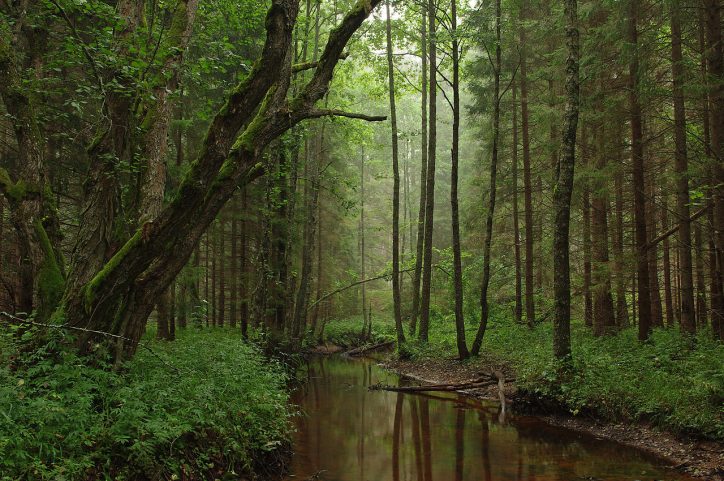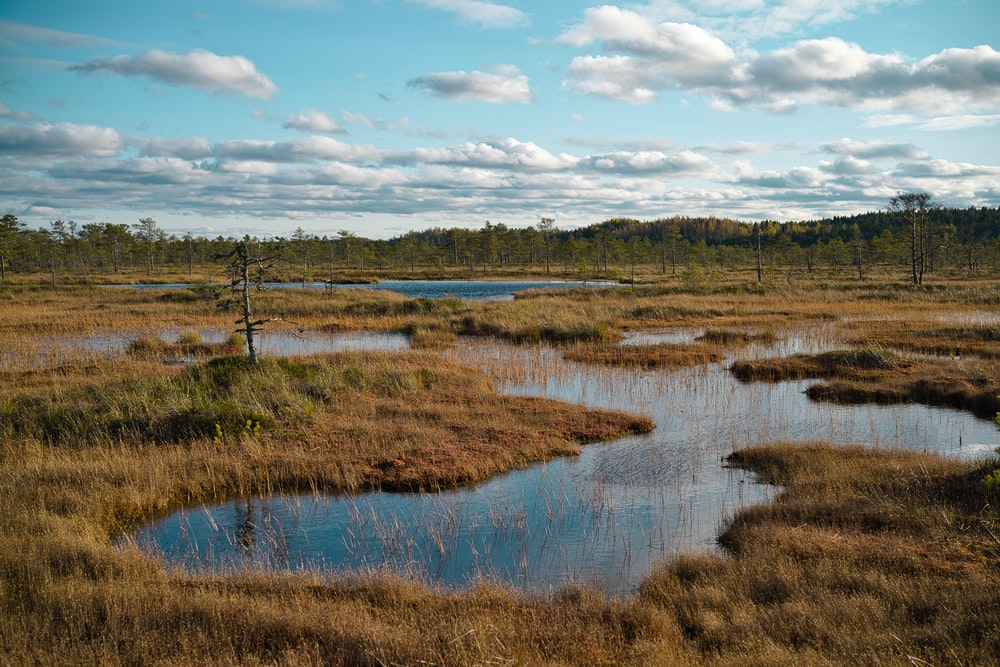Research & Development
Our multi-disciplinary team of Ireland’s leading researchers have created benchmark test sites and data-gathering locations across the country feeding a petabyte-scale data platform
A range of contemporary sensing techniques are being used, including earth observation services , traditional and cutting-edge aerial platforms and networked sensors connected to the internet-of-things

SpaceBorne
Data is acquired from Radar and Multispectral Satellites including Copernicus Sentinel-1 and Sentinel-2 platforms. These datasets typically cover the entire country.

Airborne
Aircraft and Drones capture detailed LiDAR, Multispectral and Photogrammetry data over targeted areas, ranging from tens to thousands of hectares in size

In-situ
In-Situ sensors record a range of physical and bio-chemical data about real-world processes at benchmark sites including weather patterns and CO 2 exchange

SUB-SURFACE
A range of sensors measure sub-surface environments including soil moisture, respiration and structure

Modelling & Analysis
These sensor data sets are pre-processed and fused in order to extract useful information. Various analytics and modelling toolsets including; spatial statistics, vegetation indices, machine learning as well as earth system modelling are used to improve our understanding of GHG exchange
Benchmark Sites
Data is sourced from multiple locations across a variety of land types and habitats , to inform areas such as precision farming, carbon sequestration of grassland, and new approaches to public transport or green spaces in urban areas

Forestry

CROPland

Grassland

PEATland

Urban
Currently 11% (770k ha) of Ireland is afforested, with a national plan to afforest 8,000 hectares of land (440m trees) (70% coniferous, 30% deciduous) each year until 2040
Irish forests capture 3.6 million tonnes of CO2 yearly, while the total carbon store is more than 300 million tonnes. ( Joint Committee on Climate Action debate 2019)

Currently agriculture in Ireland contributes to 33% of GHG emissions but has the lowest carbon footprint of milk and the fifth lowest carbon footprint of beef in the EU. ( Teagasc)
Some GHG reduction strategies proposed for Irish agriculture include optimising nitrogen fertilisation, low emission slurry spreaders, planting forestry on more marginal land. ( Teagasc)
Grass can act as both a source and sink for carbon, with 81% of agricultural land in Ireland is used for hay, pasture and grass.
Carbon footprint per kg of beef produced in Ireland, estimated at 17.5kg C02 eqv per kg of meat
Peatlands cover only 3% of the global land surface but are the most carbon rich terrestrial ecosystems on Earth, they hold almost twice as much carbon than the tropical rainforests and contain >75% of the carbon currently in the atmosphere.
In Ireland peat forming wetland such as raised bogs, blanket bogs and fens cover about 21% of the total land area, however most of the raised bogs (95% of the total area) have been degraded through activities such as drainage for agriculture, forestry and peat extraction. This has significant implications for the carbon stocks held in these systems, as degraded peatlands act as a net source of carbon which is exacerbating climate change.
15cm layer of peat contains more carbon per hectare than a tropical forest

According to UN Habitat, cities consume 78% of the world’s energy and produce more than 60% of greenhouse gas emissions, yet they account for less than 2% of the Earth’s surface.
75% of European population live in cities/towns ( EEA).
In transport we have to reduce emissions by 51% in a 9-year period. To put this into context during the lockdowns in 2020 the emissions from transport just fell by 17% ( EPA).
Terrain AI is exploring innovative AI and computational methodologies in how we collect, fuse and model multi-thematic data in order to develop a better understanding of GHG exchange across our farms, forests, peatlands and urban spaces. These improved GHG monitoring methodologies and standards will be adapted & scaled for other regions and countries across the globe.
Climate Change FAQ
A carbon budget sets the total amount of emissions that can be allowed over a time period, based on scientific indications, while keeping temperature rise to 1.5 degrees.
The “decarbonisation target range” will recommend acceptable emissions in different sectors, including transport, agriculture, power generation, heating buildings, food production and manufacturing, ie anything made in Ireland.
A budget allows us to measure our performance and determine problem areas that need solutions.
These limits are to keep CO2 in the atmosphere at a safe limit, like an atmospheric thermostat. CO2 was stable at 280 parts per million (ppm) for thousands of years until the industrial revolution, when levels began to rise uncontrollably to a current level of 411ppm.
Ireland has a national ambition to reduce emissions by 51% by 2030 before pushing for net zero, however overall Irish emissions continue to rise.
This timeline comes from the European Green Deal, an EU plan designed to decarbonise Europe by 2050 – the Climate action bill is the policy driver and the first action is our 5-year carbon budget.
The overall plan will be proposed by the Climate Change Advisory Council, which is then finalised by Minister for the Environment and Climate, consulting with all government departments. This is then approved by the government and overseen by the all-party climate committee. This plan has to be in place in 2021 and two budgets will apply between now and 2030.
With strict monitoring a carbon budget can be very effective, particularly in highlighting areas of non-compliance and longer-term trends. However the government has yet to detail the penalties for non-compliance.
Ireland’s per capita emissions are one of the highest in the world and we are failing to meet our climate action commitments. Of particular note is methane in Irish agriculture, which makes up to one third of emissions in that sector. Methane has more than 80 times the warming power of carbon dioxide over the first 20 years, making it crucially important to reduce in the short-term.
Lead from the Department of the Environment, Climate and Communications, in concert with other Government Departments, the Climate Action Plan is scheduled to be revealed in October 2021. The plan details our climate targets and forms the core of a “national energy and climate plan” which will be submitted to the EU before the end of 2021. The plan will also specify the details on the national commitment to reduce emissions by 7% on average by 2030.
We live in an era where human action is the dominant impact on climate and the environment. We need to reduce all greenhouses gases – particularly carbon dioxide and methane. Global emissions will rise 16% by 2030 compared with 2010, based on existing climate pledges. Our remaining carbon budget shrinks more than 10% annually if we continue to burn fossil fuels at the same rate as 2019.
Our cities will need to adapt to the inevitable impacts of climate change – more extreme weather, sea level rises and more. In particular, poorer nations, island and low-lying countries are at increased risk.
Climate change and the associated biodiversity crisis are compounding the effects on our planet. These two issues together critically affect the ability to use nature-based solutions to the climate crisis. Our global goal should be to transform how we live into a sustainable society, keeping our planet within the crucial boundaries to keep our environment stable. All the evidence highlights that most of the necessary tools are within our grasp, but urgent action is needed.
Energy
Growth based on fossil fuels and natural resource extraction, are destabilising our entire planet and polluting our air, soil and water. Renewable energy is not yet as inexpensive as it needs to be nor is it widely available – two crucial issues that need to be addressed.
Electrification
Over the past 20 years Ireland’s electricity-related emissions reduced by 42 per cent, while electricity demand increased by 40 per cent. Electrification helps other sectors to decarbonise – eg home heating, manufacturing or electric vehicles (EVs). Storage of electricity in batteries is also crucial, in particular when considering renewable energy generation and the unpredictability of energy sources such as wind, tides or waves. Additionally a more refined electrical grid is needed to transmit power between countries, particularly those who struggle with renewable energy generation.
Irish bogs
Ireland’s bogs make up an internationally important biosphere, yet they emit 4 million tonnes of CO2 a year, when they could switch from emitter to carbon store through rewetting and rehabilitation.
Agriculture and land-use
Our global food system requires transformation in order to achieve our climate goals, which has big impacts for Ireland where we export food. In particular is methane production from farms; methane traps 80 times more heat than CO2 in short-term (20 years), presenting the opportunity for a quick-win. There are also opportunities to invest in afforestation and growth/protection of hedgerows and rewarding these land management practices.
Housing/buildings
Updating how we heat buildings including deploying district heating in large urban areas is of huge importance. Additionally up to a quarter of Irish households experience fuel poverty, exacerbated by fuel crises – a hard indication for the need to switch to renewable energy.



